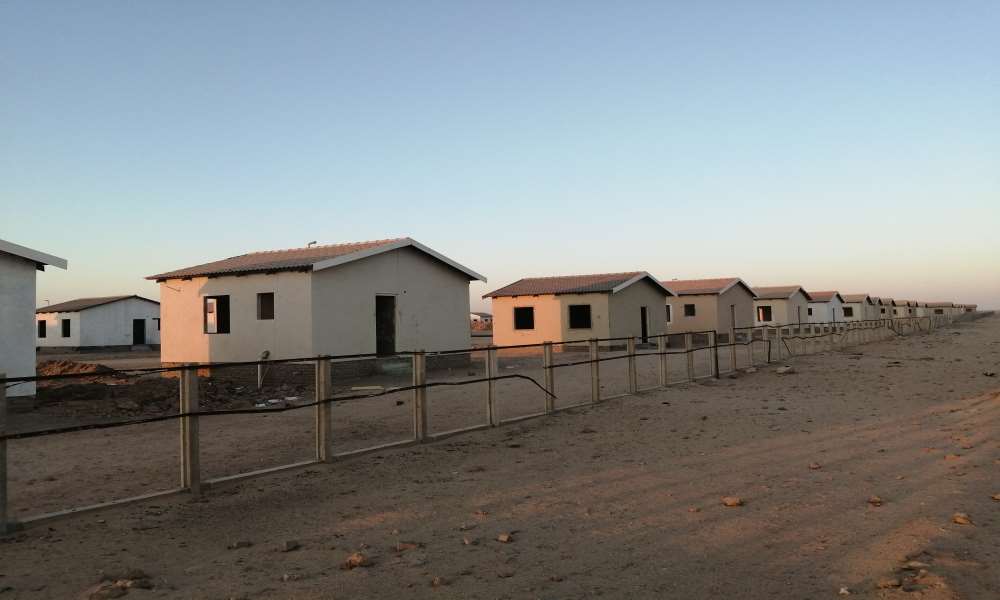Local construction activities remain sluggish
Outlook looks bleak
The average building completion value dropped from N$218 million in 2020 to N$81 million in 2021 and 2022.
Pipeline building activity still looks bleak and at the same time, actual construction of projects remains sluggishly low, Simonis Storm said.Building plan data from both Windhoek and Swakopmund show a slight uptick on a monthly basis in plans being approved during February 2023, however decreasing by 24.4% year-on-year in Windhoek and down 12.5% year-on-year in Swakopmund.
Building completions decreased by 70.2% year-on-year in Windhoek, but rose 83.3% year-on-year in Swakopmund in February 2023. Similar to plan approvals, completed projects were focused in the residential segment of the market.
Building plan approvals were mainly concentrated in the residential segment of the market, with new residential developments and additions to residential properties accounting for over 95% of all building plans being approved in Windhoek and Swakopmund. These projects are typically low in value and would weigh on revenues for construction companies who are used to larger commercial or industrial building projects. Indeed, the average building completion value dropped from N$218 million in 2020 to N$81 million in 2021 and 2022, Simonis Storm added.
Debt
According to Bank of Namibia (BoN), retailers have been one of the biggest drivers of corporate debt growth throughout 2022. However, commercial building plan approvals have been significantly low in recent months. Local property companies indicate that tenants are investing in their shops following the economic recovery from the lockdown induced recession in 2020.
“Taken together, we therefore see these loans mostly being used to refurbish existing shops and not necessarily building new retail space in the country. While we are aware of major housing expansion projects in various towns at the coast and the South of Namibia such as Luderitz and Oranjemund, these will take time to benefit local construction companies,” Simonis Storm pointed out.
The mixed use of residential and industrial plots that these towns want to make available will essentially double the current size of the respective town. This comes as Luderitz is seeing an increase in various activity such as kelp production, salmon fishing, wind farm expansions and of course preparing for green hydrogen operations. “In Oranjemund, the town is trying to diversify business activities away from diamond mining and are looking at agriculture and tourism as alternatives at this point in time. However, it takes time to service land and market available erven. Therefore, we do not foresee a rebound in local construction activity in 2023,” Simonis Storm said.



